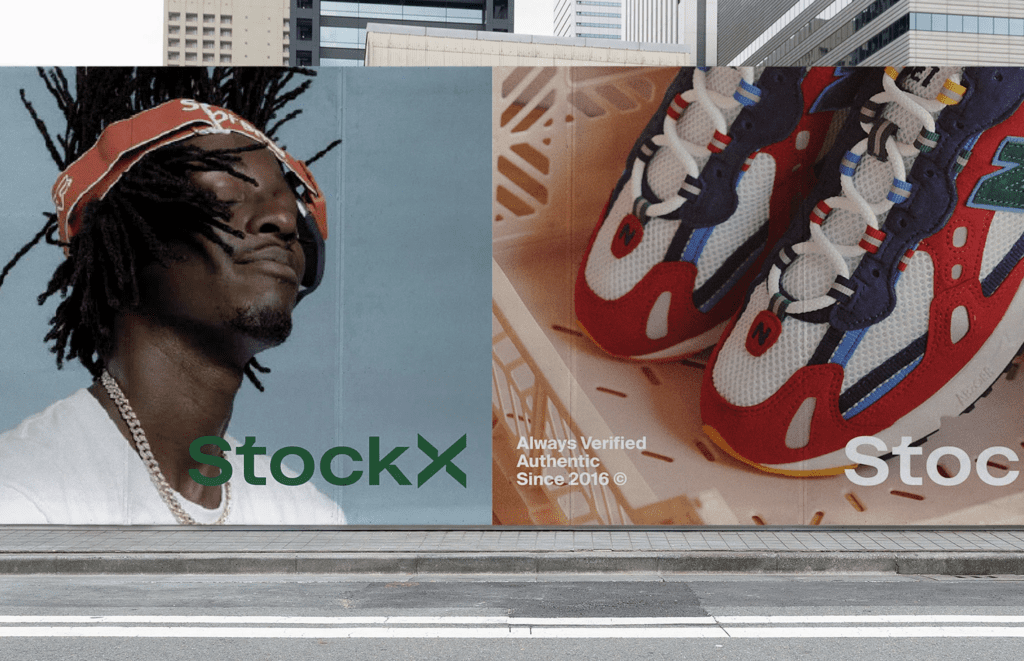The 26th Conference of Parties to the United Nations Framework Convention on Climate Change (“UNFCCC”) – or COP26 – began on Sunday, with roughly 120 heads of state convening in Glasgow, Scotland to collectively work towards the goals of the Paris Agreement and the UN Framework Convention on Climate Change. Over the next two weeks, representatives from the 196 countries that ratified the UNFCCC treaty, as well as those from the European Union, are expected to engage in various meetings and discussions centering on climate, with many calling the UN-hosted meeting “the world’s last chance to keep warming by the end of the century below 1.5 degrees Celsius, the more aggressive target laid out in the Paris Agreement.”
In addition to heads of state, such as U.S President Joe Biden, British Prime Minister Boris Johnson, Prince Charles of Wales, Turkish President Tayyip Erdogan, Israeli Prime Minister Naftali Bennett, French President Emmanuel Macron, Canadian Prime Minister Justin Trudeau, and South Korean President Moon Jae-in, among others, coming together for the event, the COP26 will draw an array of non-governmental entities and business leaders across industries, including fashion and apparel, which are responsible for an estimated 10 percent of annual global carbon emissions, according to the World Economic Forum.
Given the fashion industry’s sizable role in the creation of emissions and its corresponding stake in helping to combat climate change, the industry is expected to be of interest and discussion during the two-week-long COP26. Potentially setting the tone for what is to come at the COP26, at the intergovernmental G20 meeting in Rome, which also took place on Sunday, the fashion industry arm of Prince Charles’ Sustainable Markets Initiative provided an update on its workings.
On the heels of announcing its membership last month, which includes executives from companies like Burberry, Chloé, Stella McCartney, Giorgio Armani, Brunello Cucinelli, Vestiaire, Zalando, Noon.com, and Moda Operandi, the Federico Marchetti-chaired Fashion Industry Taskforce revealed on Sunday that its members are committed to immediately starting the roll out of a new tech-focused system across their companies that will enable consumers to access information about how specific garments and accessories are made.
According to the Fashion Taskforce, the Digital ID system is “a transformational technology that uses data to inform customers of the sustainability credentials of their purchases and facilitate the delivery of circularity at scale.” Specifically, in furtherance of the blockchain-supported (and potentially NFT-linked) system, products are given a digital ID that enables “key players in the fashion value chain, including manufacturers, brands, retailers, resellers and recyclers, to provide unprecedented transparency and traceability of the products they sell.”
From a consumer perspective, the Digital ID scheme – which appears to be an iteration of connected products company EON’s CircularID Protocol, a global identification system that connects products, customers and partners across a product’s entire product lifecycle – provides “access to credible information about how products are designed, manufactured, and distributed,” thereby, “empowering buyers to make more informed sustainable purchase choices.”
While it is still early days for the Digital ID program, the Taskforce asserts that the technology – which it says is a necessary precursor to the development and application of industry-wide sustainability standards – also comes with a “lifecycle tracing element.” This will ultimately “extend the longevity of products and enable brands to scale circular business models,” including by “unlock[ing] new circular services for customers, such as care and repair services, as well as ones focused on resale and recycling.”
Across-Industry Efforts & the Digital ID
The Fashion Taskforce is not the first time that fashion groups have come together in an attempt to address the role that fashion plays in fighting against climate change, and bolster the effectiveness of their efforts by acting as a group. In 2019, Paris-based conglomerate Kering, for instance, spearheaded French President Emmanuel Macron’s Fashion Pact, which boasted the participation of more than 200 fashion and apparel groups and individual brands – ranging from H&M to Hermès. All of the signatories of the heavily-publicized Fashion Pact “committed to a common core of key environmental goals in three areas: stopping global warming, restoring biodiversity and protecting the oceans,” with Kering chairman and CEO François-Henri Pinault asserting at the time that “the results of working alone don’t work,” and thus, collaborating parties “really need to define targets together and commit to working towards them together to find solutions.”
After releasing a “Progress Report” in October 2020, complete with goals of “implementing the principles of the U.N. Fashion Charter, achieving 25 percent low-impact materials sourcing by 2025, and achieving 50 percent renewable energy by 2025, and 100 percent by 2030 in their own operations,” the Pact has not released any new information about its activities; although, it is worth noting that Kering did announce a new sustainability-centric project early this year, which will see it work alongside Burberry and Stella McCartney to “establish a platform for [Italian fashion] manufacturers to coordinate, fund, and scale environmental programs with measurable impact.” Kering also recently launched a watch and jewelry focused sustainability effort with Richemont-owned Cartier, inviting all watch and jewelry players to join.
All the while, LVMH recently provided more insight into the launch of its Aura Blockchain Consortium, which now counts Prada Group, Richemont and Diesel and Maison Margiela-owner OTB as members. LVMH has made mention of including “responsible sourcing and sustainability” information in connection with the blockchain endeavor, but to date, most of the messaging around Aura has focused primarily on its anti-counterfeiting aim, which it approaches by recording all newly-made products on a shared blockchain ledger and issuing digital certificates of authenticity.
As for what might set the Fashion Taskforce apart from other across-industry efforts and enable it to make widespread and lasting change appears to be its focus on – and “many different brands and platforms’” adoption of – what the group calls “a single innovative solution,” i.e., the Digital ID system, complete with both brand-focused and consumer-facing capabilities.
For me, the secondary market and after-care related elements of the Fashion Taskforce’s tech are among some of the most compelling ones both from a consumer demand perspective, as well as from a legal one. These aspects are particularly intriguing in light of the unrelenting rise of the $40 billion resale market (and brands’ varying attempts to grapple with it and its impact on the traditional luxury model), and the corresponding interest from brands across industries in finding digitized and immutable tracing technologies. At the same time, given the number of brands and third-party players that are beefing up their repair and refurbishment efforts, for instance, this is an area worth paying attention to (and an area likely in need of tracing as the resale market continues to grow), especially with brands’ increasingly broad definition of what constitutes infringing goods in mind.
As for the potential for additional industry players to adopt the new Digital ID technology, Marchetti told the Telegraph this weekend in connection with the immediate launch of the Digital ID system, “There will be an imitation effect, other brands will join, and when the customer sees it, it will become a ‘must.’”














